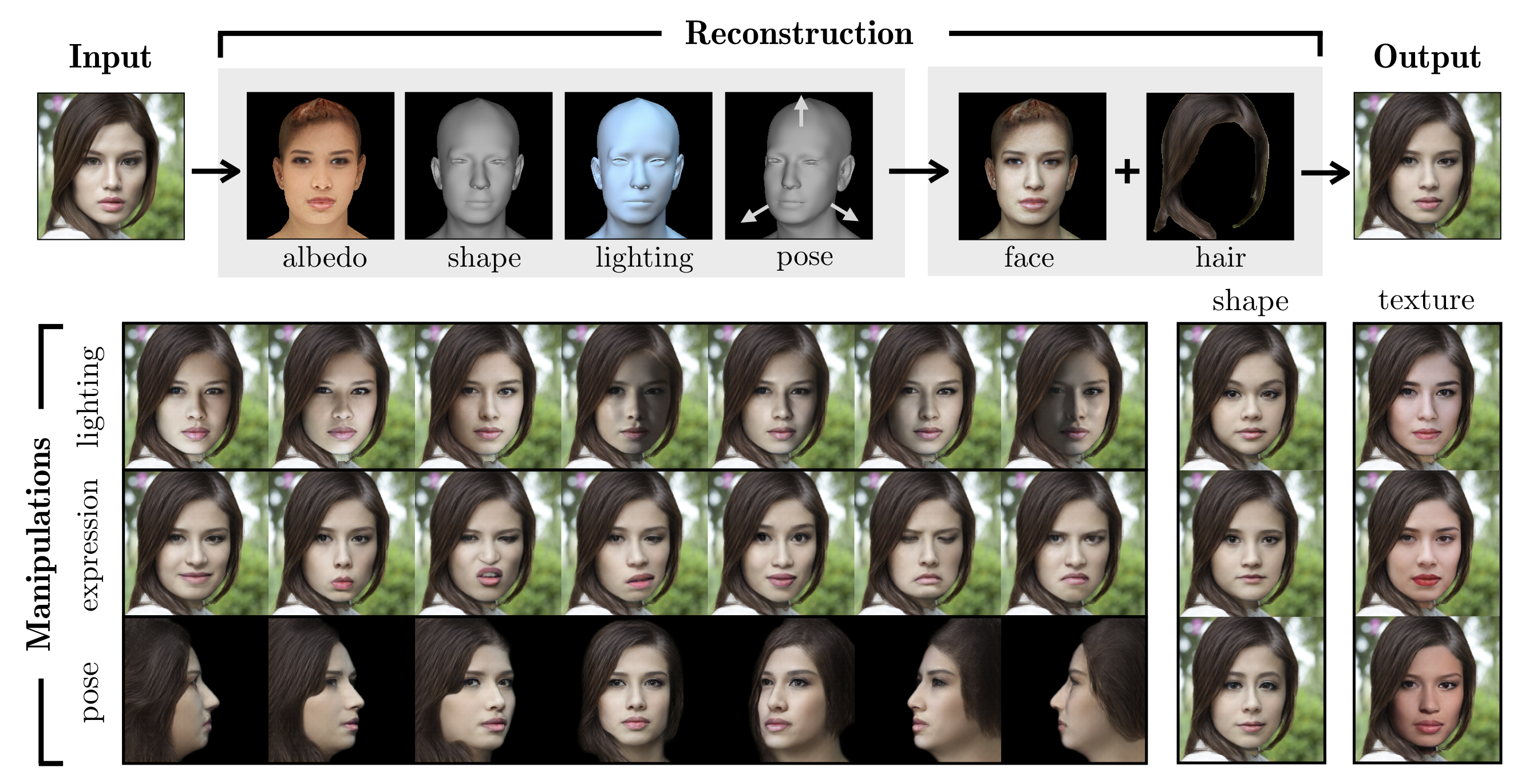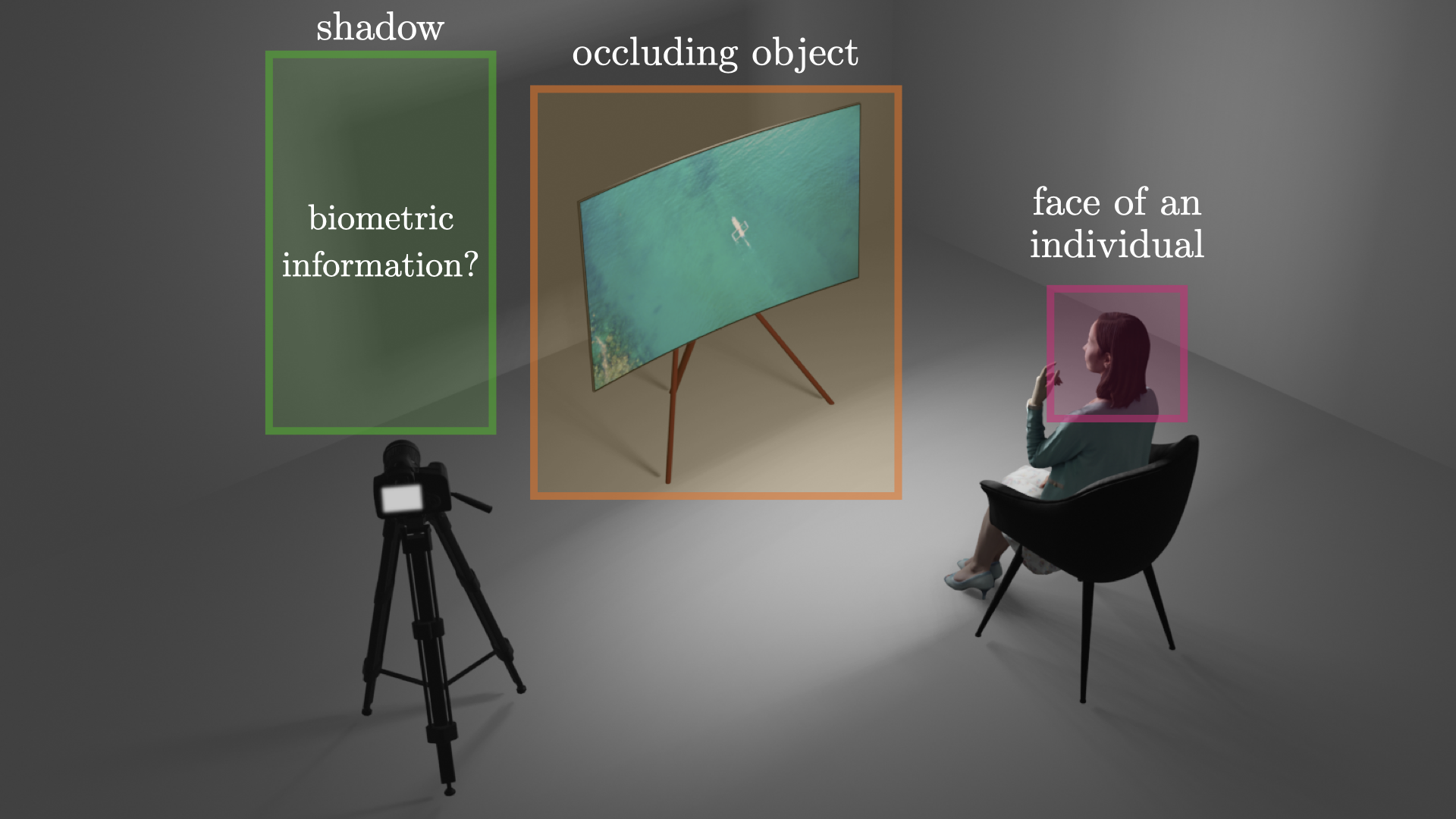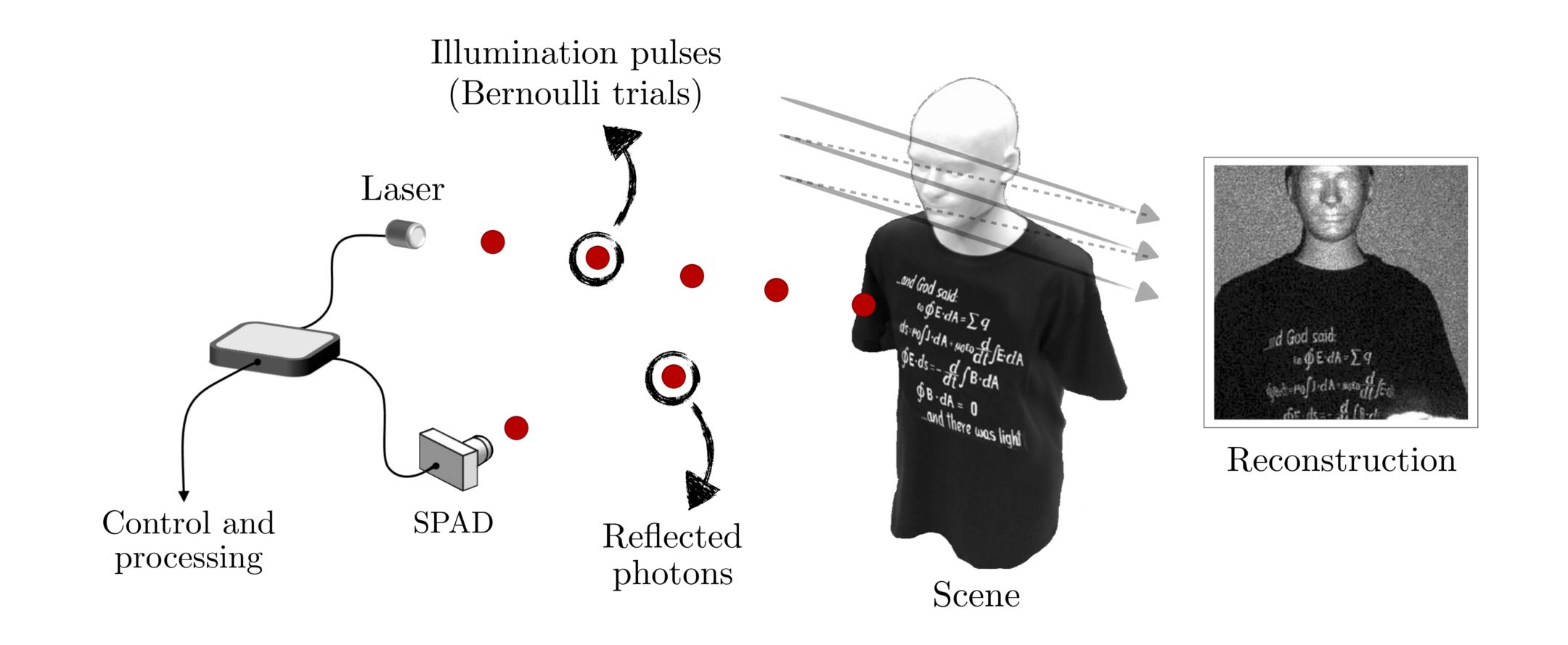Safa C. Medin
I am a 5th year PhD student at MIT EECS, supervised by Prof. Gregory W. Wornell and a Student Researcher at Google AR & VR, supervised by Abhi Meka and Thabo Beeler. I am interested in synthesis, animation, and manipulation of 3D digital humans for applications in extended reality 🥽. Previously, I worked on various problems in computational imaging, particularly classifying and reconstructing scenes in non-line-of-sight settings. Please feel free to reach out if you would like to chat!
News
Mar 2024 Our paper, "FaceFolds: Meshed Radiance Manifolds for Efficient Volumetric Rendering of Dynamic Faces", is accepted to I3D 2024. | Paper | Webpage | Video
Jan 2024 I started my third internship at Google AR & VR in Cambridge, MA.
Dec 2023 I am now officially a PhD candidate!
Jan 2023 I started my second internship at Google AR & VR in Cambridge, MA.
Aug 2022 Our paper, "Can Shadows Reveal Biometric Information?", is accepted to WACV 2023. | Paper
May 2022 I started my summer internship at Google AR & VR in San Francisco, CA. 🌁🌉
Dec 2021 Our paper, "MOST-GAN: 3D Morphable StyleGAN for Disentangled Face Image Manipulation", is accepted to AAAI 2022. | Paper | Video
Sep 2021 I received my Master's degree from MIT EECS! 🎓 | Thesis
Jul 2021 Our paper, "Identity-Expression Ambiguity in 3D Morphable Face Models", is accepted to FG 2021. | Paper
Jun 2021 I started my second internship at MERL.
May 2020 I started my summer internship at MERL.
Sep 2019 I started my PhD at MIT EECS! 🏛️🦫





